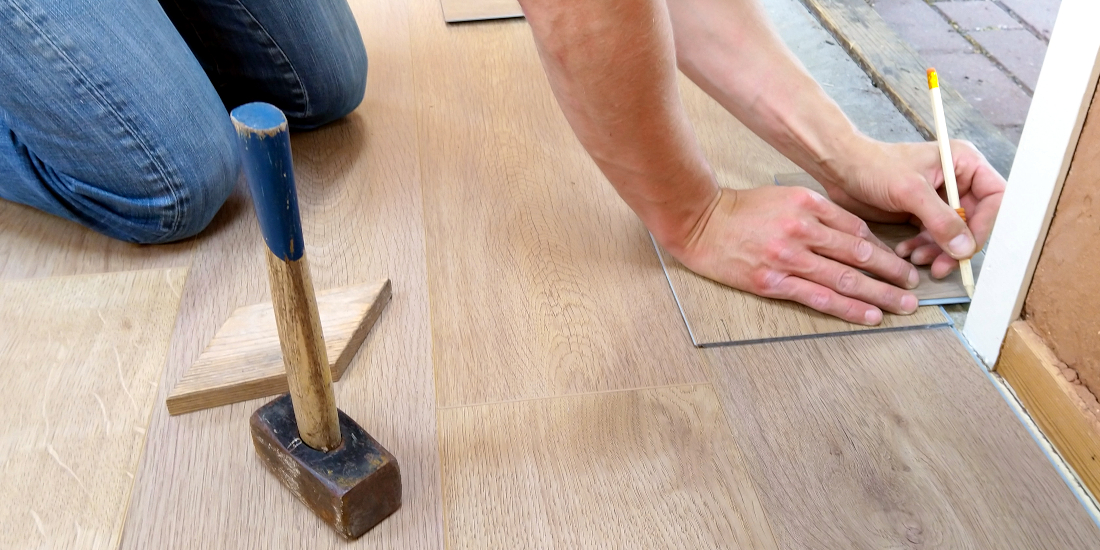
Q: I’ve been interviewing contractors for my home remodel. Some have told me they don’t use change orders, while others say I should expect them throughout the project. Should I hire a contractor that uses them?
A: Short answer: yes. A successful remodel starts with planning, but even with the best laid plans, unforeseen developments will arise. Remodeling comes with many known unknowns. Is there a pipe in the wall where you want to put the new door? Are you a week into the project and still undecided on the materials you want to use? Are there external developments that may affect the project, like COVID-19? These are the kinds of issues that make change orders necessary.
Contractors should use change orders when:
- Remodeling an older home. Updating older homes keeps the past alive while offering modern form, function, and comfort. Unfortunately, it can pack some surprises. Older homes with a history of remodels often conceal undocumented changes, poor craftsmanship, and decay from water and infestation. When these issues arise, the contractor should use a change order to communicate and record them so they can be resolved.
- There are changes in materials. It’s a best practice to select all materials before starting the remodel. However, if a project is expected to last a year, holding it up due to a change in bathroom tile doesn’t make much sense. Selection changes are to be expected. In some cases, they may extend the timeline or end up costing more or less than the estimated amount. To account for these changes, any new material should be documented with a change order and confirmed with a signature.
- Putting it in writing. Contracts are signed before remodels begin so you’ll need to document any changes that take place during the project with change orders. Recalling a conversation that happened seven months ago without documentation is not easy for even the longest of memories. Having a written record of changes ensures that both parties stay on the same page throughout and at completion of the remodel. It’s key to good communication.
A few more things to consider:
- Change order fees. There’s a range of opinions regarding charging fees for change orders; my own is that using change orders throughout the remodel is a good practice and fees are acceptable if they’re communicated clearly. Being charged for documenting a material selection change may seem like a hidden fee, but the reality is the contractor likely spent X number of hours working with you to make that new material selection—and time costs money. Charging for this change order may be appropriate, though such fees should be clearly communicated up front before the project starts. Ask prospective contractors about their policy.
- Changes due to COVID-19. COVID-19 is impacting all our lives. Thinking about a remodel during a pandemic may seem trivial, but if you’re in the middle of a project right now, you may be looking at significant changes to the work and timeline. Communication is essential. Documenting any changes due to coronavirus in an email or change order will allow you to focus on the health and safety of others while having a clearer sense of where the project currently stands.
Nathan Coons is owner and operator of Coons Construction LLC, a member of the Master Builders Association of King and Snohomish Counties (MBAKS). If you have a home improvement, remodeling, or residential homebuilding question you’d like answered by one of MBAKS’ more than 2,700 members, write to homework@mbaks.com.